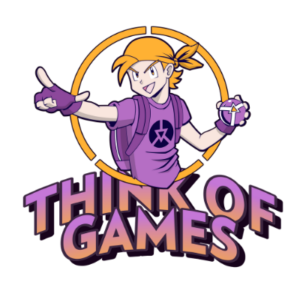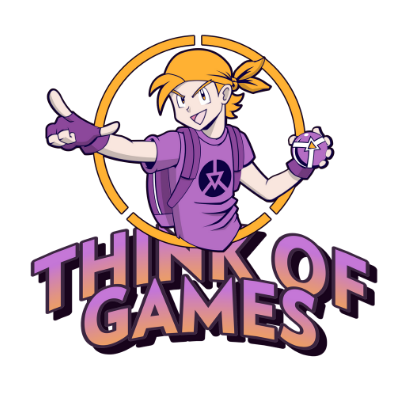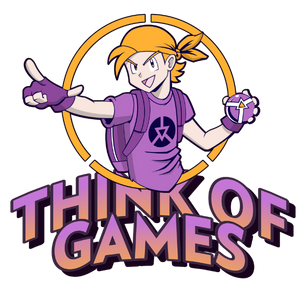Over 7 million people watch live content every day across platforms like YouTube, Instagram, TikTok and Twitch. Live streams pull people in with their real-time energy. There’s no editing. No filters. Just the creator and the audience, connected in the moment.
But the power of live content doesn’t end when the stream stops. What happens after the live ends is just as important. From initial views to replay metrics, live content has a full lifecycle. And if you know how to track it, you can learn exactly what’s working and where to improve.
Let’s break it down step by step.
1. The Pre-Live Phase: Building Anticipation
Before going live, creators often post announcements, countdowns, or teaser clips. This is your chance to build interest. A strong pre-live push can increase your starting viewer count.
If you promote your stream early and across platforms, more people show up when you go live. Some creators schedule lives days in advance and use reminders. Others tease special moments or topics that encourage fans to tune in.
This pre-hype stage sets the tone for how your live will perform in its first few minutes.
2. Live Views: Real-Time Audience Flow
Once the stream starts, the live views begin. This number is not fixed. It goes up and down as people join and leave. Platforms track:
- How many people are watching at any moment
- Peak viewer count
- Viewer drop-off time
- Comments, likes or live reactions
These numbers show how engaging your stream is. If most people leave after a few minutes, you may need a stronger intro or better pacing. If they stay longer and chat more, that’s a strong sign of content connection.
Your live’s success often depends on this early viewer behavior. The platform watches too. If engagement is strong, your stream may get promoted to more users while still live.
3. The Post-Live Phase: Replay Metrics Begin
Once the stream ends, it becomes a replay. This is when a second wave of viewers finds your content. Not everyone can join live. Some people prefer watching later, at their own pace.
Replay metrics include:
- Total replay views
- Average watch time
- How long people watch before clicking away
- Whether they skip to certain parts
- Reactions or comments after the stream
These numbers are important because they show lasting value. A stream that performs well even after it ends means it had useful or entertaining content.
4. Re-Use and Clipping: Extending the Life
Many creators take the best parts of a live stream and turn them into short clips. These can be shared as YouTube Shorts, TikToks, or Instagram Reels. Some even edit highlights into new long-form content.
This strategy extends the life of your live content. One good moment can keep getting views for days or weeks. And new viewers might discover your channel through these clips, then go back to watch the full replay.
5. Comparing Live and Replay Behavior
Some viewers behave differently live than they do on replay. Live viewers are more likely to comment and react in the moment. Replay viewers might skip around or leave earlier.
Studying both helps you shape future content. You’ll learn when people get bored, what they skip, and what keeps them watching.
Final Thoughts
Live content is more than just what happens in the moment. It’s a cycle. From pre-promotion to live reactions to long-term replay views, every phase tells a story.
Creators who understand this cycle can grow faster, build stronger connections and keep their content working even after the stream ends.
So don’t just stream and forget. Learn from the full journey. That’s how live content becomes lasting content.






















